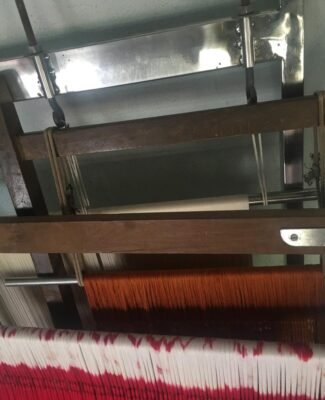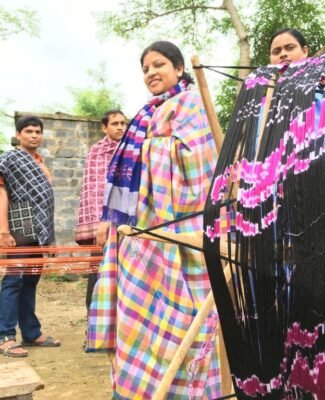Sustainable fashion, also known as eco-fashion or ethical fashion, refers to a movement and approach to clothing and accessories that seeks to minimize the negative impact on the environment and promote ethical practices throughout the entire supply chain. It encompasses various aspects, including the materials used, production processes, working conditions, and consumer behavior. Click here (https://pencilforchange.com/best-sellers/) to buy our products.
Here are some key elements and practices associated with sustainable fashion:
1. Ethical sourcing: Sustainable fashion aims to use materials that are sourced ethically, which means avoiding harmful chemicals, promoting fair trade, and ensuring workers are paid fair wages and provided safe working conditions.
2. Eco-friendly materials: Sustainable fashion encourages the use of environmentally friendly materials, such as organic cotton, hemp, bamboo, and recycled fabrics. These materials reduce the consumption of non-renewable resources, minimize waste, and have a lower impact on the environment compared to conventional materials like synthetic fibers. Click here (https://pencilforchange.com/best-sellers/) to buy our products.

3. Slow fashion: The slow fashion movement advocates for reducing the speed of production and consumption. It emphasizes quality over quantity, encouraging people to invest in well-made, durable clothing that will last longer. Slow fashion also promotes repairing and upcycling clothes to extend their lifespan.
4. Circular economy: Sustainable fashion promotes a circular economy, where garments and materials are reused, recycled, or repurposed rather than being discarded. This approach reduces waste and encourages the creation of closed-loop systems, where materials are continuously cycled back into the production process. Click here (https://pencilforchange.com/best-sellers/) to buy our products.
5. Fair trade and social responsibility: Sustainable fashion focuses on fair trade practices, ensuring that workers involved in the production process are treated ethically and paid fair wages. It also promotes transparency and social responsibility by supporting brands that provide information about their supply chain and production methods.
6. Minimal environmental footprint: Sustainable fashion strives to minimize its environmental impact throughout the entire lifecycle of a garment, from design and production to distribution, use, and disposal. This includes reducing energy consumption, water usage, and greenhouse gas emissions, as well as minimizing pollution and waste generation.


7. Consumer education and awareness: Sustainable fashion encourages consumers to make informed choices by raising awareness about the impact of their clothing purchases. It promotes conscious consumerism, where individuals consider the social and environmental implications of their buying decisions and opt for more sustainable alternatives.
Sustainable fashion is a growing movement that seeks to transform the fashion industry into a more responsible and environmentally conscious sector. It acknowledges the need for change and promotes innovative approaches to create a more sustainable and ethical future for fashion.
